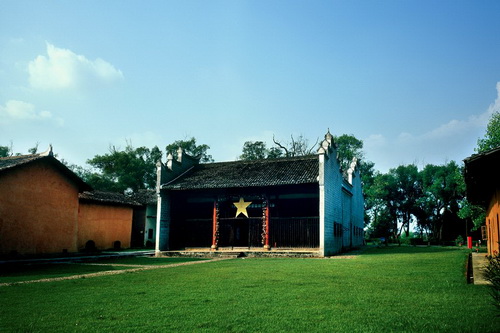
Site of the first Soviet Congress
Ruijin Revolutionary Sites are located in Ruijin county in southeastern Jiangxi province and at the western piedmont of Wuyi Mountain.
Ruijin county is called the Red Capital of China. During the Second Civil War of China, Ruijin was the center of the Central Revolutionary Base Areas, and also the locus of the temporary central government of the Soviet Republic of China. The Ruijin Revolutionary Memorial was built here.
From January 1929 to September 1931, the Fourth Army of the Chinese Red Army led by Mao Zedong and Zhu De set out from Jinggang Mountain. They built up the Gannan (south of Jiangxi province) and Minxi (west of Fujian province) Revolutionary Base Areas successively. Then, they shattered the Third Encirclement Campaign of Kuomintang, and connected the two base areas into one. The central Revolutionary Base called Zhongyang Suqu (Central Soviet Area) took shape. In November of the same year, the First National People's Congress of the Soviet Republic of China was held in Ruijin. The Central Workers' and Peasants' Democratic Government was founded, with Mao Zedong as the chairman. However, in October 1934, the Red Army failed to shatter the Fifth Encirclement Campaign of Kuomintang. The main force withdrew from the base area and began the eight-year Long March.
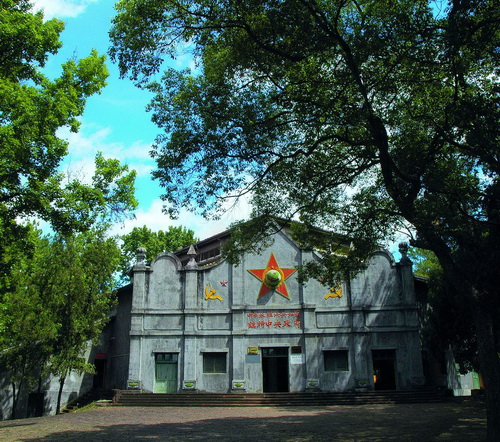
Temporary Central Government of the Chinese Soviet Republic
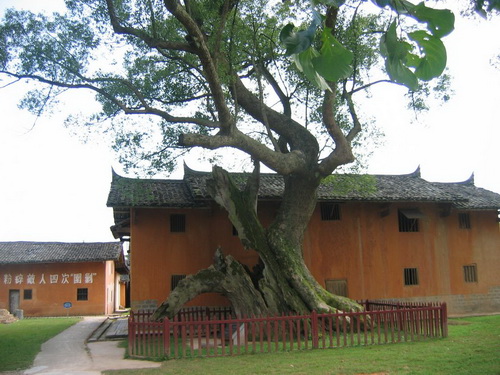
Political Bureau of the CPC Central Committee
Ruijin Revolutionary Sites are mainly at Yeping, Shazhouba, Wushilong, and Yunshi Mountain.
Yeping is about 6 kilometers to the northeast of Ruijin, where the First National People's Congress of the Soviet Republic of China was held. The Central Workers' and Peasants' Democratic Government was also there. The sites of the congress and the government were originally Xieshi Temple. There are altogether three courtyards housing the general office and the offices of the different departments.
Shazhouba is 4 kilometers to the southwest of Ruijin. From April 1933 to July 1934, The Central Workers' and Peasants' Democratic Government was moved here. There is the site of the general office, the former residence of Mao Zedong, Zhang Wentian, Xie Juezai, and De Xiaoping. There is also the site of the National Labor Union of China, Lenin Primary School, etc.
Wushilong is 4 kilometers to the west of Ruijin. In 1933, the office of the Central Military Commission was moved here from Yeping. There is the site of the Central Military Commission and the former residence and offices of Zhu De, Liu Bocheng, etc.
Yunshi Mountain is 18 kilometers to the west of Ruijin. It is a small hill with an ancient temple on the top. In August 1934, the organizations as the Central Political Bureau, the Central Military Commission and the Central Workers' and Peasants' Democratic Government were moved to the temple. In October of the same year, the Red Army led by the Central Government began the Long March from here.
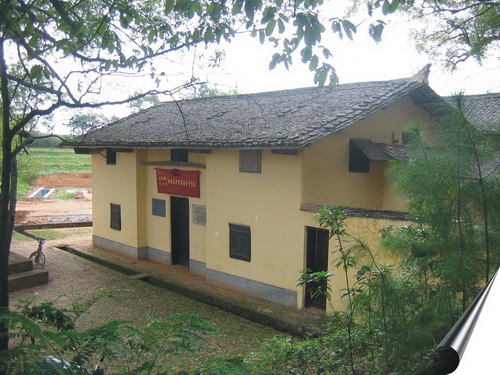
Site of the Central Military Commission
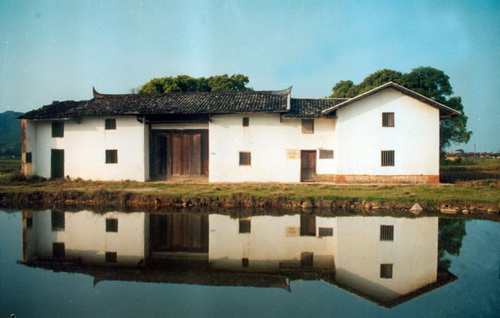
The former residence of Deng Xiaoping
Ruijin Revolutionary Memorial
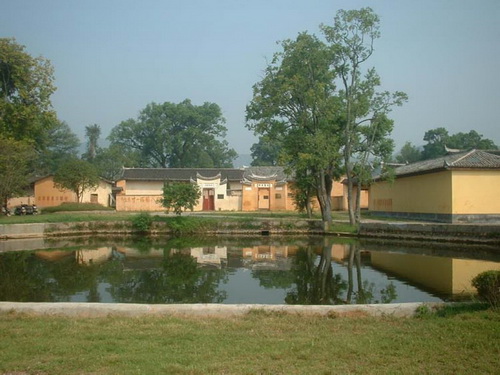
The Ruijin Revolutionary Memorial was built in 1958 in memory of the Central Revolutionary Base and the First Red Army.
Ruijin Revolutionary Memorial was built in 1958 in memory of the Central Revolutionary Base and the First Red Army, which were founded under the leadership of the Chinese Communist Party and its leaders like Mao Zedong and Zhu De. It lies in Ruijin county of Jiangxi province.
During the Second Civil Revolutionary War, Ruiin was the center of revolutionary bases, where some important institutions of CPC were stationed and the first and second All China Congress of Soviets were held. Besides, Ruijin was also the starting point of the First Red Army and the Central Institutions for the Long March.
The memorial boasts a collection of 10,265 pieces of cultural relics, which include 45 Class One collections, 90 Class Two collection, 10,220 copies of historical records, and 2,000 volumes of books and magazines. All these exhibits record the revolutionary activities of Mao Zedong, Zhu De, Zhou Enlai and Liu Shaoqi, and the struggles of the Red Army.
The memorial has an auxiliary display hall that covers an area of about 1,828 square meters. It has launched the Exhibition of Cultural Relics of the Central Revolutionary Base, which displayed over 800 exhibits, including 602 pieces of cultural relics.

The History Museum of the Central Revolutionary Base
No comments:
Post a Comment